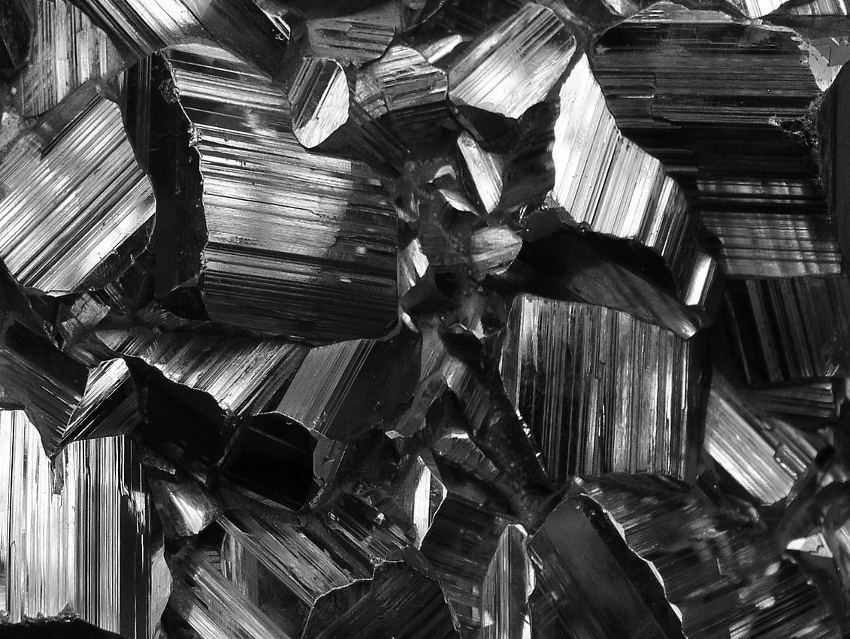Carbon capture and sequestration (CCS) technology could be used to remove the greenhouse gas CO2 from the atmosphere. However, CCS is not undisputed. Concerns are, for example, that CO2 could reappear on the surface as a result of leaks. This could be prevented by converting the greenhouse gas into a solid material. Because CO2 is an astonishingly stable molecule, such a conversion is, so far, only feasible at extremely high temperatures. This is energy-intensive and uneconomical.
Dorna Esrafilzadeh, University of New South Wales (UNSW), Sydney, Australia, Torben Daeneke, RMIT University, Melbourne, Australia, Kourosh Kalantar-Zadeh, UNSW and RMIT University, and colleagues have dissolved CO2 in an electrolyte liquid containing small amounts of a liquid-metal catalyst. The catalyst is based on gallium alloys in which nanoparticles of cerium are integrated. When an electric current is applied, the CO2 gradually transforms into a layered solid carbonaceous material.
The process takes place at room temperature and works even at low voltages. In addition, the resulting solid is not deposited on the catalyst surface, so that the catalyst’s activity remains the same over a long period of time. According to the researchers, this could be a first step towards storing CO2 in the form of solid carbon.
- Room temperature CO2 reduction to solid carbon species on liquid metals featuring atomically thin ceria interfaces,
Dorna Esrafilzadeh, Ali Zavabeti, Rouhollah Jalili, Paul Atkin, Jaecheol Choi, Benjamin J. Carey, Robert Brkljača, Anthony P. O’Mullane, Michael D. Dickey, David L. Officer, Douglas R. MacFarlane, Torben Daeneke, Kourosh Kalantar-Zadeh,
Nat. Commun. 2019.
https://doi.org/10.1038/s41467-019-08824-8


![Synthesis of [c2]Daisy Chains via Mechanochemistry](https://www.chemistryviews.org/wp-content/uploads/2025/04/202504_RotaxanesWithSolidStateMechanochemistry-125x94.png)

